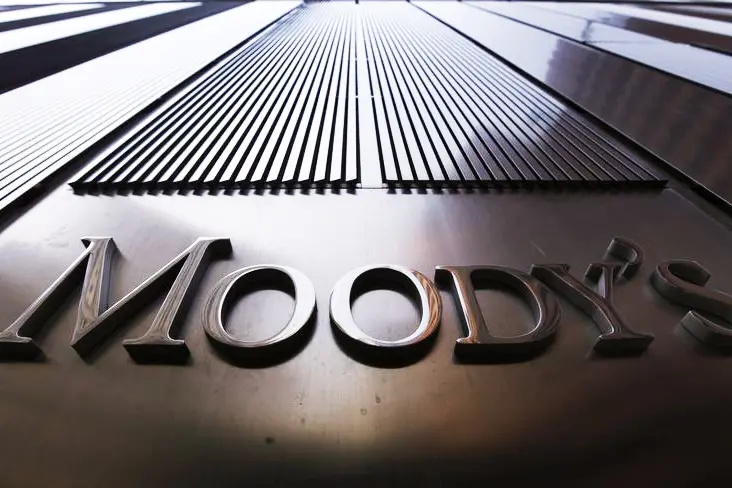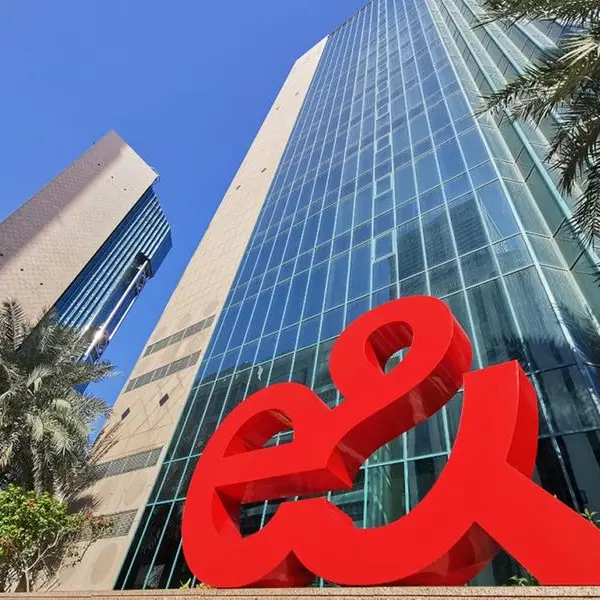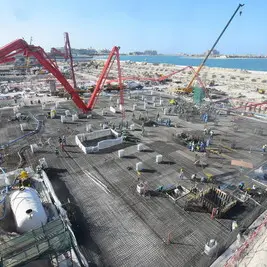PHOTO
Sunday, May 22, 2016
Dubai: In the face of deteriorating macroeconomic environment in the GCC, banking sectors across the region are facing challenges in liquidity, asset growth, asset quality and profitability, prompting leading global rating agencies to review their credit ratings.
In its latest round of review of ratings, Moody’s has kept the ratings of most UAE and Qatari banks unchanged while assigning negative outlook. In the UAE, Moody’s retained the ratings of National Bank of Abu Dhabi (NBAD), Abu Dhabi Commercial Bank (ADCB), Union National Bank (UNB), Al Hilal Bank (AHB) and Abu Dhabi Islamic Bank (ADIB).
These rating actions follow recent confirmation of the UAE Government rating at Aa2. The current ratings of these banks are NBAD: Aa3, ADCB: A1, UNB: A1, Al Hilal Bank: A1 and ADIB: A2.
Moody’s has confirmed the long-term deposit ratings of Qatar National Bank (QNB) at Aa3 with a negative outlook, and downgraded the long-term deposit ratings of Commercial Bank to A2 from A1 with a stable outlook.
The rating actions follow Moody’s confirmation of Qatar’s government issuer rating at Aa2 with a negative outlook. The confirmation of QNB’s ratings is underpinned by the continued capacity and willingness of the government to provide support to the bank in times of stress as indicated by the confirmation of the Aa2 rating.
The negative outlook mirrors the negative outlook on sovereign funds and captures Qatar’s fiscal pressures, which could weaken its capacity to provide support over time. Moody’s downgrade of Commercial Bank’s ratings to A2 from A1 is driven by asset quality deterioration stemming from the bank’s exposure to the weakening construction and real estate sectors in Qatar, as well as from the challenging Turkish market to which the bank is exposed through a subsidiary.
While strong fiscal buffers of both the UAE and Qatar governments to cope with the challenges from the ongoing economic slowdown is seen as a positive factor in the ratings of banks.
In addition to the challenges faced by their global counterparts, banking sectors in the region are facing region specific challenges such as tightening liquidity, margin compression and potential rise in loan impairments.
“2015 was a challenging year for the banking sector in the UAE with a prolonged period of low oil prices and economic volatility. But we are confident that the impact of greater scrutiny and regulatory reform will pave the way for a more stable banking and financial services sector in the future,” said Vikas Papriwal, Head of Markets, KPMG Lower Gulf.
Despite the underlying strength of bank balance sheets in the region, the Institute of International Finance expects prolonged low oil prices to weaken asset quality and profitability. Financing costs are expected to rise with shrinking liquidity and further hikes in the US interest rates in the second half of this year. However, these dynamics are unlikely to cause any systemic risks.
“GCC banks have enhanced their risk management and implemented countercyclical capital buffers and loan loss provisions in the past decade to limit systemic financial sector risks. The balance sheets of banks in the region have also benefited from the strong economic performance in the past decade and high government participation in banks,” said Garbis Iradian, chief economist, Middle East and North Africa (Mena) at the IIF.
Across the GCC, capital adequacy ratios of banks exceeded 15 per cent last year and Tier 1 capital represents more than 80 per cent of total capital on average. The ratios of banks’ provisions to potential losses associated with non-performing loans (NPLs) are high.
While some banks in the region, particularly in the UAE and Qatar, are still overexposed to government-related entities (GREs), this is unlikely to pose material risks to the banks, according to the IIF.
By Babu Das Augustine Banking Editor
Gulf News 2016. All rights reserved.












